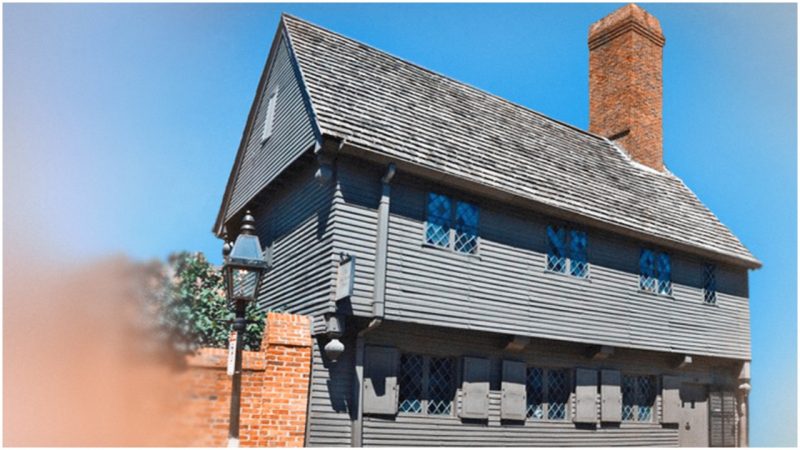Massachusetts is home to much of the United States’ early history. It was there in Provincetown that the Mayflower pilgrims landed. It was there that the Boston Tea Party happened which was a major turning point to the American colonies become independent. Boston is also home to many significant and historical real estate sites. Among these is Paul Revere’s house, the oldest house in the city and home to one of the most famous revolutionary figures.
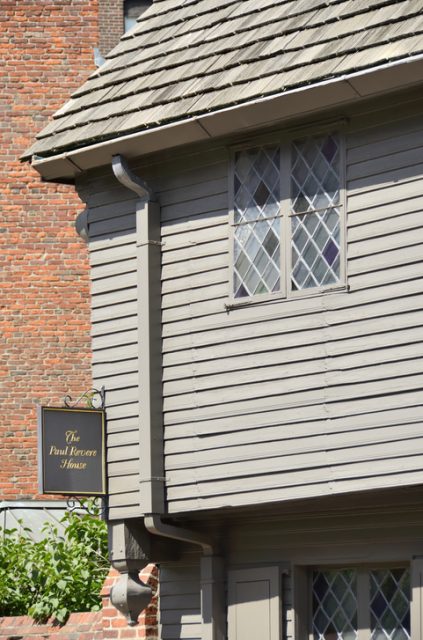
Paul Revere was born in Boston on January 1, 1735, the son of French Huguenot immigrant Apollos Rivoire and Bostonian Deborah Hichborn. Rivoire had his own shop as a goldsmith, and changed his name to sound more British, according to Biography.com. The Reveres lived in North End, a part of the city that could be rough at times.
The young Paul Revere apprenticed with his father, and became a devoted silversmith. After his father’s demise in 1754, Revere had to take care of his mother and his six siblings, and became the owner of the family shop at just 19-years-old.
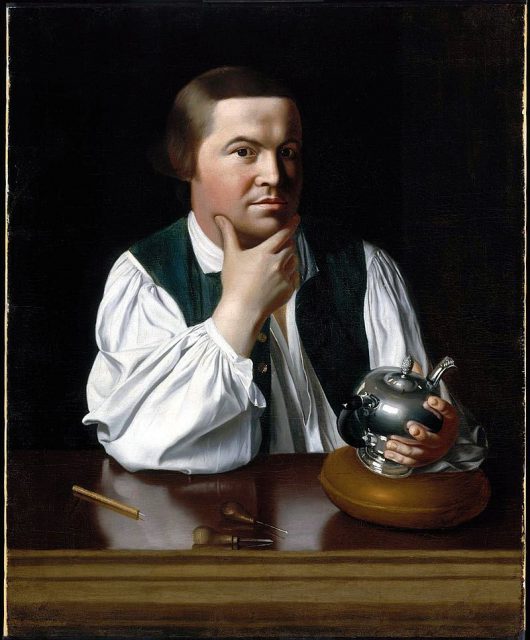
Revere’s family life was indeed troubled. He married Sarah Orne in 1757, and had eight children from this first marriage. Orne died unexpectedly in 1773. Revere remarried soon after with Rachel Walker, and had another eight children with his second wife.
He was able to craft all kinds of objects with his skills in working silver, and in 1756 expanded his business to offer additional services. According to The American Revolutionary War and The War of 1812: People, Politics, and Power by Britannica Educational Publishing, he “also crafted surgical instruments, sold spectacles, replaced false teeth, and engraved copper plates”. It is in fact one of those that gave him his fame.
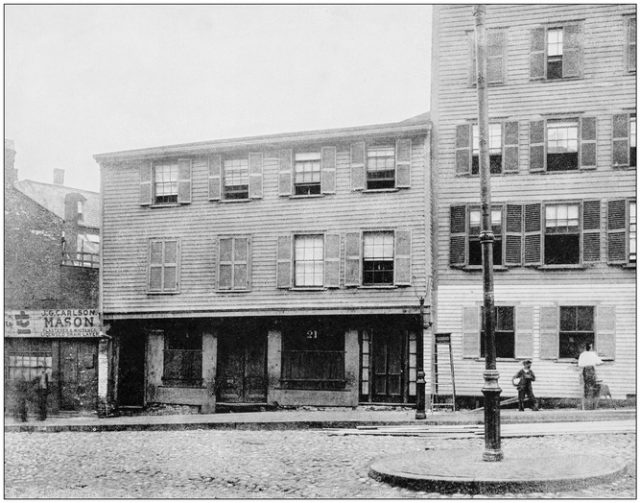
Through his talents in both business and silversmithing, Revere acquired links with wealthy upper class customers from the Boston aristocracy, as well as other artisans like him. Revere himself became a wealthy man. At that time however, the American colonies were hit hard by a series of taxes the British parliament had imposed on them, and particularly the city of Boston.
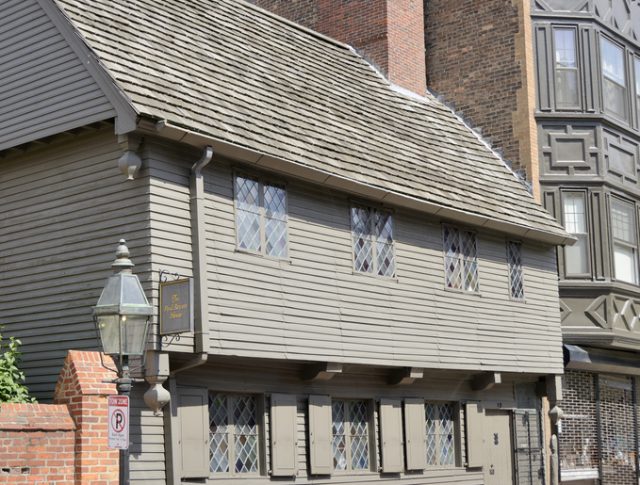
Recognizing the struggle of many of his clients, and perceiving that this could threaten his own business, Revere joined the patriots’ movement in opposing these taxes. With his background as an artisan rising on the social ladder, he acted as a link between Boston’s middle and upper classes. Revere became friendly with Dr. Joseph Warren, who would later lead the Massachusetts militia at the battle of Bunker Hill on June 17, 1775.
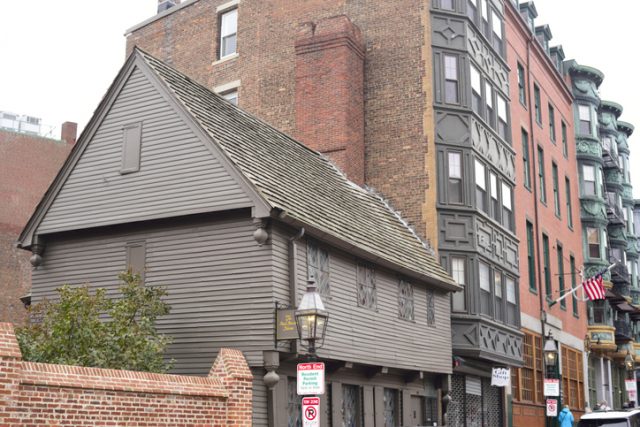
Revere became one of the leaders of the colonists, and gained tremendous fame. On March 5, 1770, a group of Patriots called the Sons of Liberty protested the British soldiers stationed in Boston, which they saw as an occupying force. Things turned violent and ended badly for three of them.
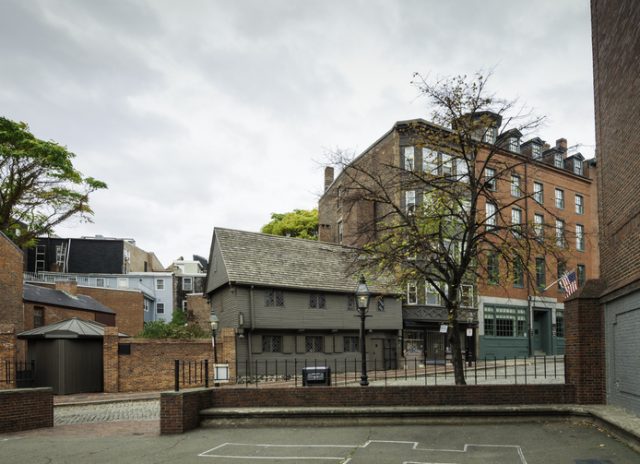
Revere used the event and his talent to tell the story on a copper plate. The engraving became a famous political cartoon, as well as a propaganda piece against the British. But Revere’s most notable act is undoubtedly the Midnight Ride, during which he took a major part in the beginning of the American Revolutionary War (1775-1783).
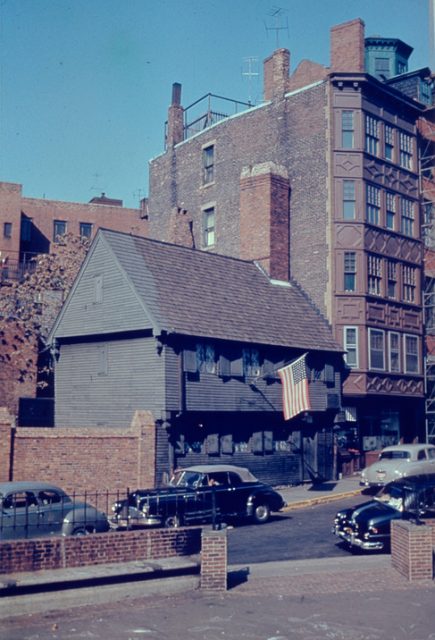
As tensions between the colonists and the British rose, the British army decided to launch a surprise attack on the towns of Concord and Lexington, arresting revolutionaries John Hancock and Samuel Adams on the night of April 18, 1775. Joseph Warren informed Revere of the army’s plan, as reported by the official website of Paul Revere House museum.
Revere had requested that the Sons of Liberty use lanterns in Boston’s North End to warn him of where the British would come from. One lantern meant they would come from the land, two lanterns meant they came from the sea, which they did.
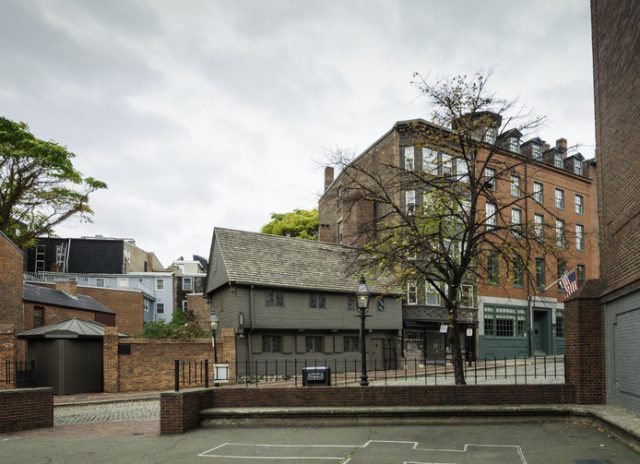
After receiving the two lanterns signal, Revere rode his horse all night from Boston to Lexington to warn his fellow patriots of the incoming soldiers, and gather men to oppose them. The faceoff between the British army and the colonists resulted in the battle of Lexington, recognized as the first battle of war.
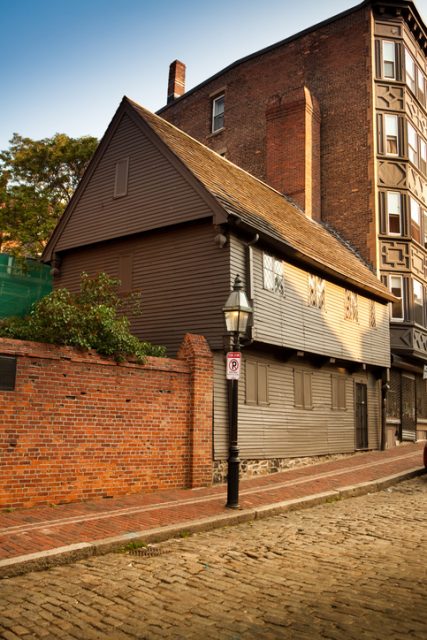
Revere bought the house that is now a museum in 1770. After he sold it in 1800, the house became first a sailor’s boarding house, and an immigrant tenement in the second half of the 19th century. The ground floor was used to host different shops over the years, including a candy store, a cigar factory, an Italian bank, and vegetable and fruit business.
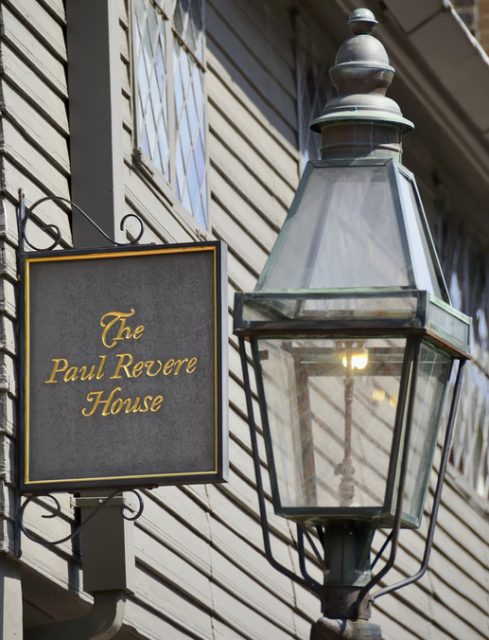
John P. Reynolds Jr., Paul Revere’s great-grandson, bought the house in 1902, to prevent its demolition. Because of its status as the home of an icon of the City of Boston and the American Revolution, Reynolds was able to raise $30,000 in funds to preserve the house. It became one of the earliest house museum of the United States when it opened its doors to the public in April 1908.
Paul Revere’s house tells the story of life as it was for colonial Americans, and what his personal story in the revolution was. As the oldest building in the city, it is a magnificent testimony to Boston’s significance in America’s early days.
Correction: An earlier version of this article had a typo in the title stating 1860 house. It has been corrected to reflect the accurate date of 1680. The correction was made on 7/9/19.
